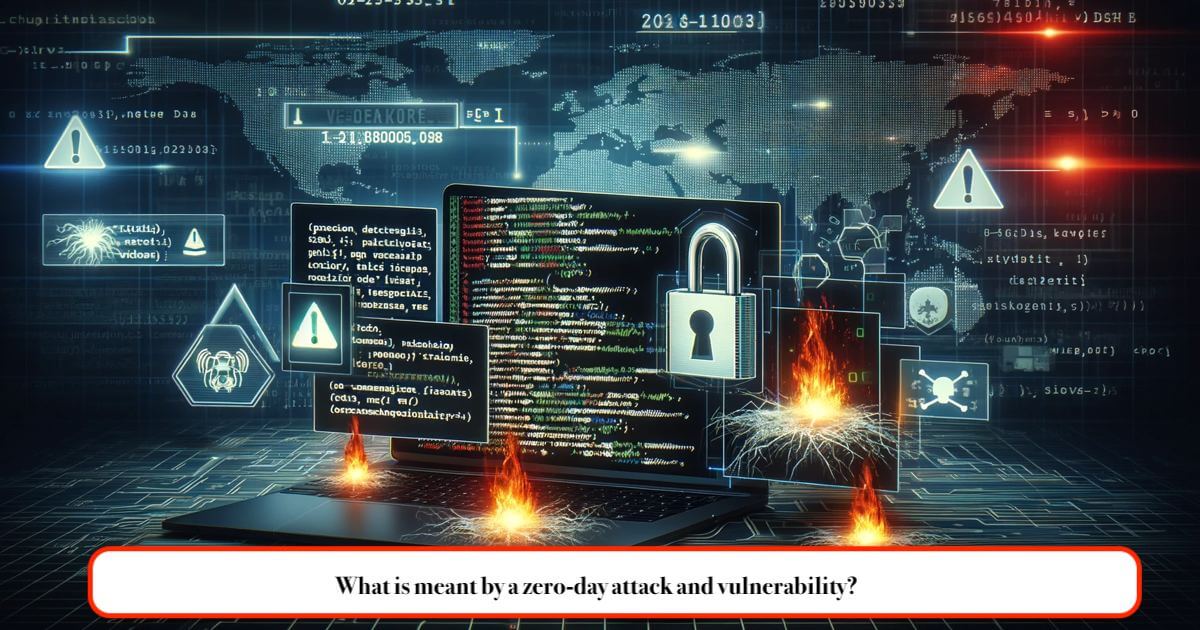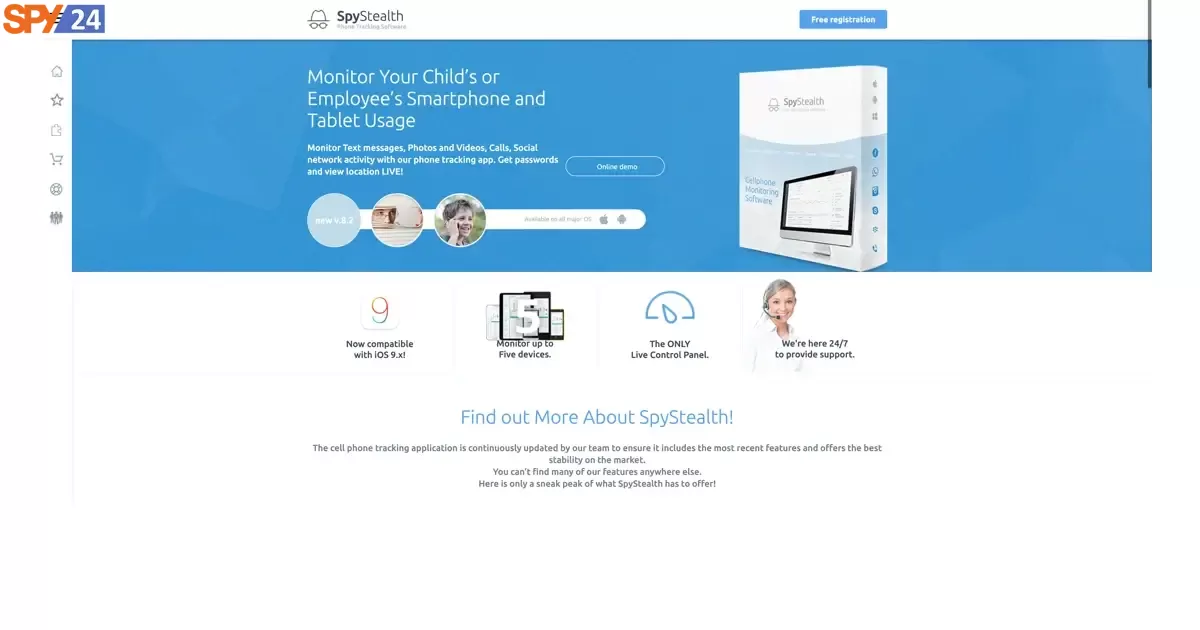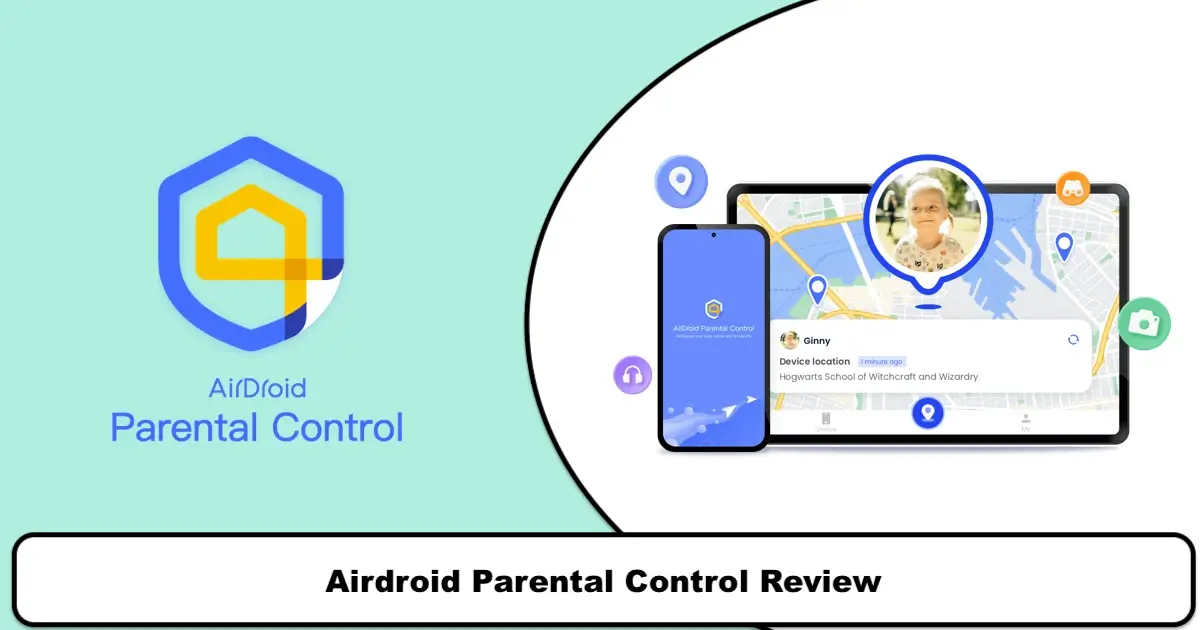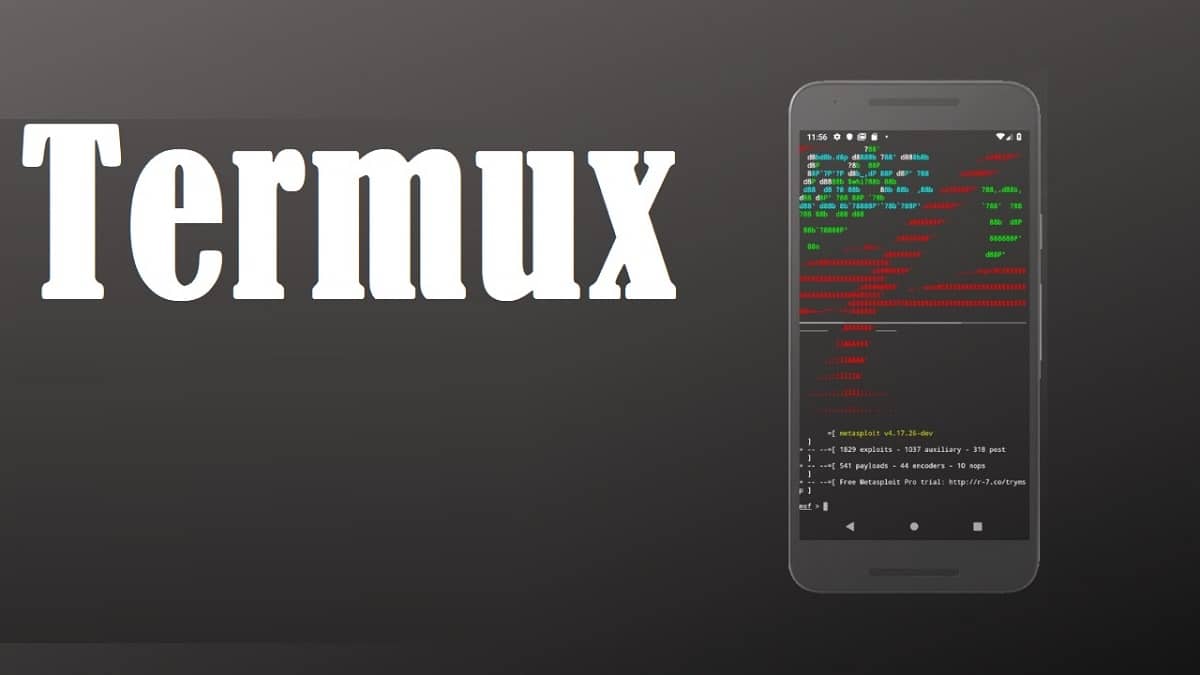
I am Keleis Andre, a cybersecurity specialist. Today, we are writing an article about zero-day vulnerability. There are different types of security vulnerabilities for cyber attacks. Businesses are responsible for protecting their organizations against these attacks to comply with the law and keep their employees, customers, and data safe. One of the most common vulnerabilities is the “zero-day vulnerability”. But let’s see what a zero-day vulnerability is and how hackers exploit it.
What is a Zero-Day Attack?
The number of vulnerabilities available to cybercriminals is increasing exponentially. However, a report says less than 6% of over 100,000 vulnerabilities published in the CVE list have been exploited.
The main challenge is that predicting the following vulnerability to be targeted requires advanced strategies that many organizations must be equipped with (i.e., using honeypot data to perform predictive analysis).
Organizations lacking such solutions and skilled personnel must rely on security tools that monitor all possible attack vectors. However, as the number of vulnerabilities and exploits increases, processing this growing database against live traffic is a heavy task for many security solutions.

What is a Zero-Day Vulnerability?
A Zero-Day (or 0-Day) vulnerability is a security risk in a piece of software that is not publicly known, and the manufacturer is unaware of it. A zero-day exploit is a method that an attacker uses to gain access to a vulnerable system.
These attacks are severe security threats that have a high success rate. Businesses do not have a defense system to detect or prevent them.
The reason for naming the Zero-Day attack is that it occurs before the target of the attack is aware of the vulnerability. The attacker releases the malware before the developer or software manufacturer can create a patch to fix the vulnerability.
The term “Zero Day” is derived from the illegal digital media world. If an unlawful version of a movie, music, or software becomes available simultaneously or before its official release, it is called “Zero Day”. In other words, in this case, the illegal version is released zero days before the official version.
How does a Zero-Day Exploit work?
A zero-day attack begins with the software developer’s release of a vulnerable code, which is identified and exploited by a malicious agent.
The attack may be successful and lead to the attacker’s theft of information or identity, or the developer may create a patch to prevent the attack’s spread. As soon as a patch is written and implemented, it is no longer referred to as a zero-day exploit.

Security researchers have divided the timeline of a zero-day exploit into 7 separate stages, from the occurrence of vulnerability to the provision of a security patch. These stages are:
Stage 1: Occurrence of Vulnerability
A developer creates software that unknowingly contains a vulnerable code.
Stage 2: Exploit is Released
A malicious agent identifies the vulnerability before the developer becomes aware of it or before it can be fixed or patched. While this vulnerability is still open, the hacker writes a code to exploit and use it.
Stage 3: Discovery of Vulnerability
The software development company became aware of the vulnerability but did not yet have a patch available.
Stage 4: Disclosure of Vulnerability
The company and security researchers publicly announce the vulnerability and inform users and attackers of its existence.
Stage 5: Antivirus Signatures are Released
If attackers have created zero-day malware to target the relevant vulnerability, vulnerable companies can quickly identify its signature and protect against it. However, if other methods have been used to exploit this vulnerability, systems may still be at risk of attacks.
Stage 6: Release of Security Patch
The software development company provides a general fix to address the vulnerability. This task’s duration depends on its complexity and priority in the product development process.
Stage 7: End of Use of Security Patch
The release of a security patch does not mean an immediate fix. Because it may take a certain amount of time for users to use this patch, organizations and users should take action to update their software and pay attention to edit notifications automatically.
Systems are at risk throughout the process from stage 1 to stage 7. However, zero-day attacks can only occur between stages 2 to 4. More attacks are possible if protection against vulnerability still needs to be implemented.
It is rare for zero-day attacks to be quickly discovered and prevented from causing severe damage. It usually takes days, months, or even years for a developer to become aware of a vulnerability in their software, which leads to attacks and data theft.
Who are the attackers?

Threat actors who plan and execute zero-day attacks can belong to several categories:
Cybercriminals: Hackers whose main motivation is usually financial.
Hacktivists: Attackers who are driven by an ideology and usually aim to deliver a message and be seen in attacks.
Corporate Espionage: Attackers who intend to illegally obtain private information from other organizations.
Cyber Warfare: In recent years, governments and national security institutions have often resorted to cyber threats against critical infrastructures or organizations within another country that indicate vital information (e.g., the Stuxnet attack).
Here are some recent examples of Zero-Day Attacks:

| Attack | Vulnerability | Software Affected | Impact | Notable Exploits |
|---|---|---|---|---|
| Fortra GoAnywhere (CVE-2023-0669) | Pre-authentication command injection | Managed file transfer (MFT) products | Remote code execution, data breaches | Rubrik data breach |
| Microsoft Windows Search (CVE-2023-36884) | Remote code execution | Windows, Office software | Remote access, arbitrary code execution | N/A |
| Apache HTTP Server (CVE-2023-21529) | Remote code execution | Apache HTTP Server | Remote code execution | N/A |
| Spring Cloud Function Server (CVE-2023-22965) | Remote code execution | Cloud-native environments | Deploy malicious code | N/A |
| Cloudflare HTTP/2 Rapid Reset | Novel attack technique | HTTP/2 protocol | Distributed denial-of-service (DDoS) attacks | N/A |
| Telegram (CVE-2023-45220) | Remote code execution | Telegram messaging app | Remote code execution | N/A |
| Drupal (CVE-2023-25186) | Unauthorized access | Drupal content management system (CMS) | Website takeover | N/A |
| VLC Media Player (CVE-2023-36154) | Remote code execution | VLC media player | Remote code execution | N/A |
| LibreOffice (CVE-2023-40916) | Arbitrary code execution | LibreOffice office suite | Arbitrary code execution | N/A |
| WordPress (Multiple vulnerabilities) | Unauthorized access, code injection, takeover | WordPress CMS | Website takeover, data breaches, malicious code injection | N/A |
How can we identify zero-day attacks?
Since zero-day vulnerabilities can take various forms, such as faulty algorithms, password security issues, etc., identifying them can be challenging. Precise information about zero-day exploits is only available after placing the exploit. Organizations attacked by a zero-day exploit may observe unexpected traffic or suspicious scanning activity from a client or service.

One of the techniques for identifying zero-day attacks is to look for features of zero-day malware based on how they interact with the target system. Instead of examining the code of received files, this technique looks at their interactions with existing software and tries to determine whether they result from malicious actions. Also, machine learning is used to establish a baseline for system behavior based on past and current interaction data with the program. The more data available, the more reliable the detection becomes.
How can we protect computers and vital data from zero-day attacks?
Individuals and organizations need to follow approved cybersecurity methods to protect against zero-day attacks and keep computers and important data safe. Several strategies can help you protect your business against zero-day attacks:

- Keep all software and operating systems up-to-date
This is necessary because security patches to cover newly identified vulnerabilities are added in new versions. Therefore, more than the release of patches by developers is required, and users must ensure their security by applying these patches and keeping the programs up-to-date. You can enable automatic program updates; in this case, your program will be updated without manual intervention.
- Use essential programs as much as possible
The more software you have on your system, the more potential vulnerabilities you will have. Therefore, you can reduce the risk by only installing the necessary programs.
- Use a firewall
The firewall plays a vital role in protecting your system against zero-day threats. You can configure the firewall in a way that only allows necessary traffic, thus ensuring maximum protection.
- Train your organization’s employees.
- Many zero-day attacks capitalize on human error by users. Teaching good safety habits to employees and users helps maintain their online security and protects organizations against zero-day abuses and other cyber threats.
- Use antivirus software
Antiviruses help keep your devices safe by blocking threats.




